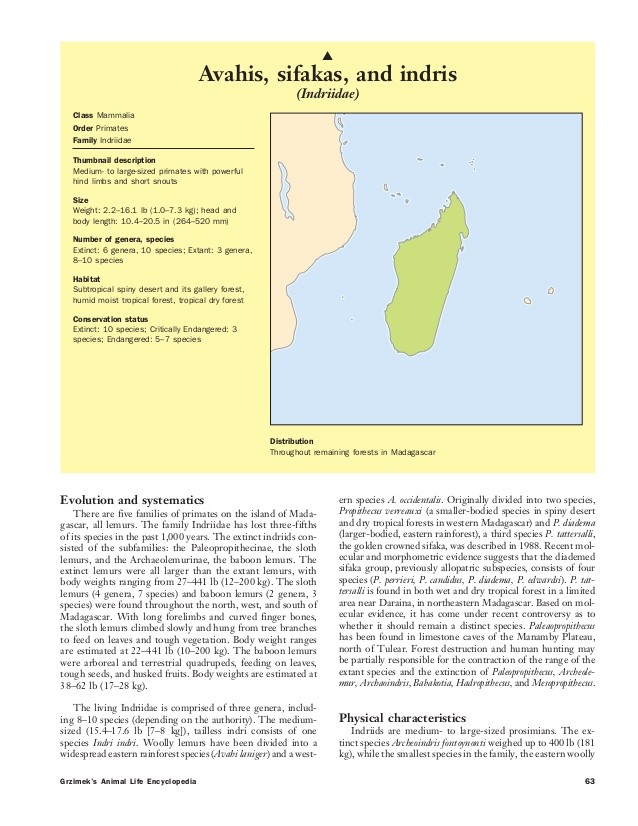Hybrid Tail Risk and Expected Stock Returns When Does the Tail Wag the Dog
Post on: 4 Август, 2015 No Comment

Page 1
Hybrid Tail Risk and Expected Stock Returns:
When Does the Tail Wag the Dog?
Turan G. Bali,a Nusret Cakici,b and Robert F. Whitelawc*
ABSTRACT
This paper introduces a new, hybrid measure of covariance risk in the lower tail of the stock return
distribution, motivated by the under-diversified portfolio holdings of individual investors, and
investigates its performance in predicting the cross-sectional variation in stock returns over the
sample period July 1963-December 2009. Our key innovation is that the covariance is measured
across the states of the world in which the individual stock return is in its left tail, not across the
corresponding tail states for the market return as in standard systematic risk measures. The results
indicate a positive and significant relation between what we label hybrid tail covariance risk (H-
TCR) and expected stock returns, in contrast to the insignificant or negative results for purely
stock-specific or standard systematic tail risk measures. A trading strategy that goes long stocks in
the highest H-TCR decile and shorts stocks in the lowest H-TCR decile produces average raw and
risk-adjusted returns of 6% to 8% per annum, consistent with results from a cross-sectional
regression analysis that controls for a battery of known predictors.
Key words: tail risk, downside risk, under-diversification, expected stock returns
JEL classification: G10, G11, C13
Page 2
In spite of the dominance of the CAPM paradigm, there has been a longstanding interest in the
literature on the question of whether downside or tail risk plays a special role in determining
expected returns. Such a role could come about, for example, due to preferences that treat losses
and gains asymmetrically,1 return distributions that are asymmetric, or some combination of the
two. While systematic downside or tail risk is a natural starting point, there is increasing
evidence that non-market risk may play an important role in determining the cross-section of
expected returns.2 Thus, we consider a setting where investors hold concentrated stock holdings
in addition to a fraction of their wealth in a well-diversified portfolio, e.g. a mutual fund within
a retirement account, consistent with existing empirical evidence on the holdings of individual
investors.3 In this setting the contribution of an individual stock to the tail risk of the portfolio
can be decomposed into three components—a systematic component, a stock-specific
component, and a third, hybrid component that depends on co-tail risk of the stock and the
market portfolio. Based on this decomposition, we conduct a thorough re-examination of the role
of downside risk in determining the cross-section of expected returns. Specifically, controlling
for the usual determinants of expected returns, we investigate the predictive power of various
downside risk measures that vary across two dimensions: (i) the fraction of the lower half of the
return distribution that they measure and on which they are calculated, i.e. the extent to which
they are tail risk measures, and (ii) the extent to which they capture systematic versus
idiosyncratic or total risk.
Our risk measures build on the notion of semi-variance or the lower partial moment
(LPM) of Markowitz (1959). The LPM of an asset or portfolio is defined as:














